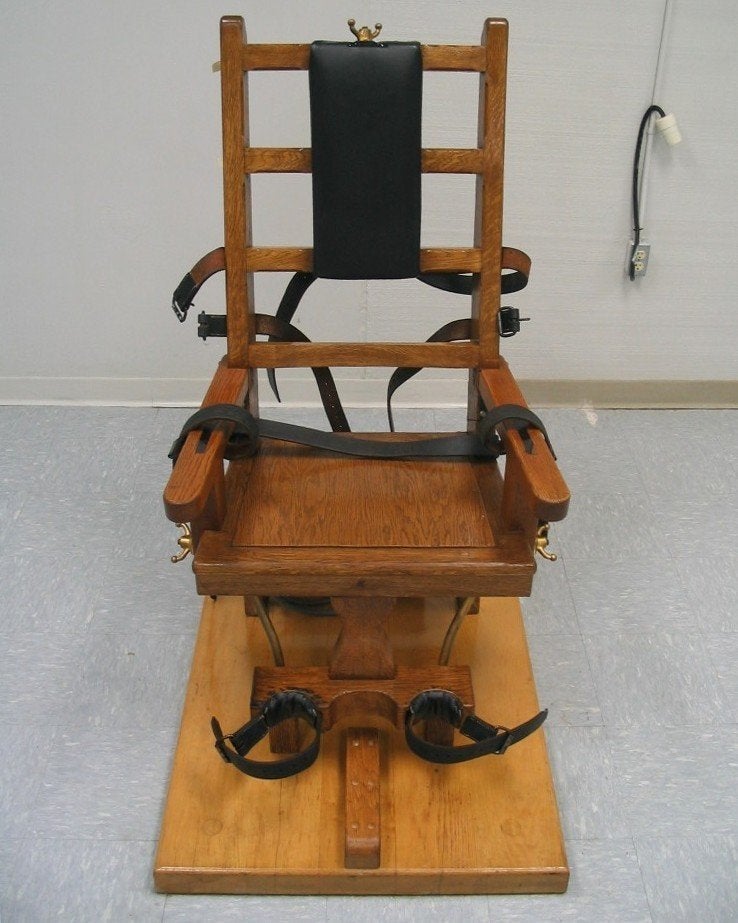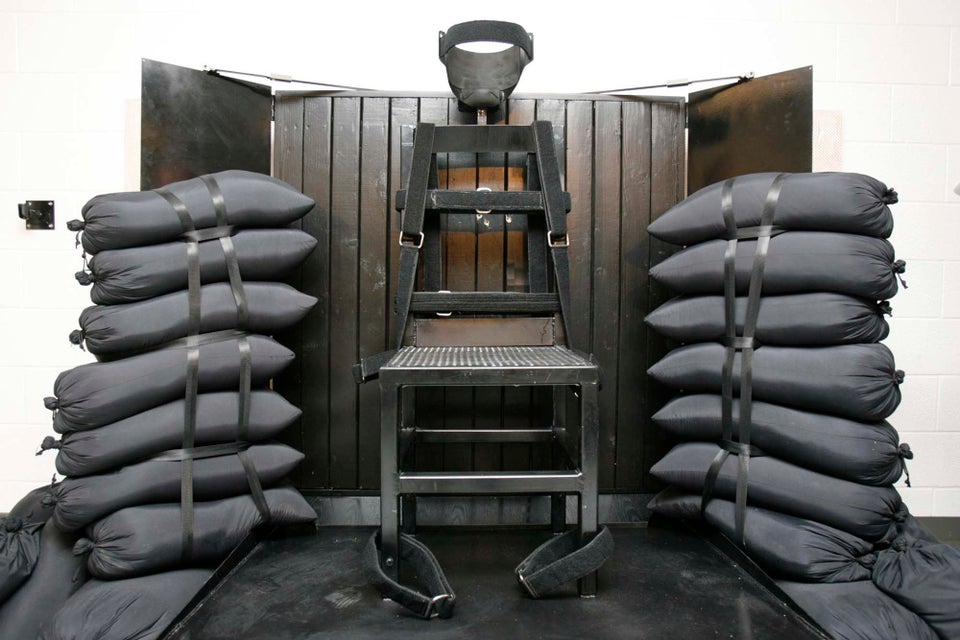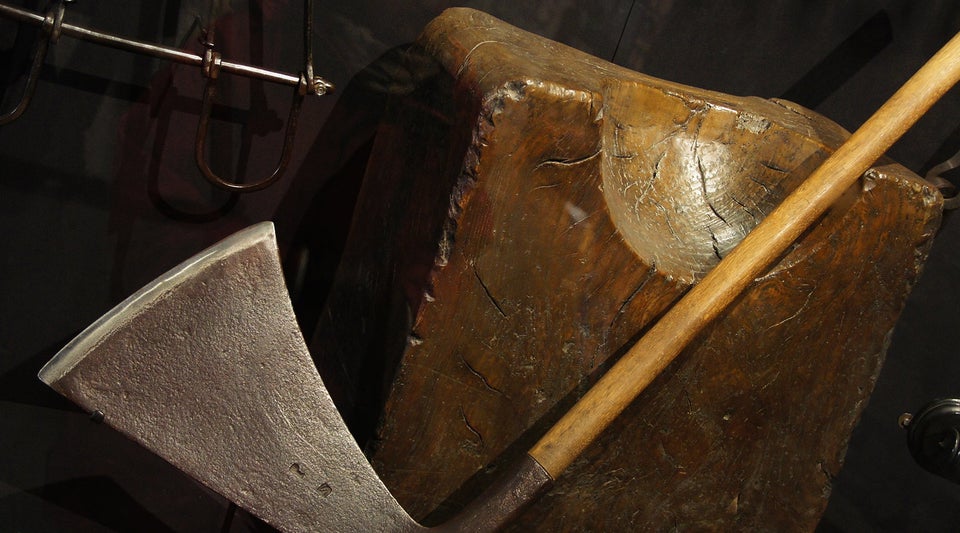The execution of Clayton Lockett, a convicted murderer in Oklahoma, ended in distressing fashion Tuesday, when he was declared dead from a fatal heart attack a full 43 minutes after being administered the first injection in what was supposed to be a lethal three-drug cocktail.
Witnesses reported seeing Lockett breathing heavily, writhing on the gurney, clenching his teeth and struggling to lift his head and even speak during the ordeal. Officials with Oklahoma's Department of Corrections say the execution was complicated when Lockett's vein "exploded," which some have said suggests an improper injection -- not necessarily the drugs themselves -- was to blame for the botched process.
Reviewing a detailed account of someone's killing is never likely to be comfortable, but the sordid details of Lockett's execution are particularly difficult to read. While the cruel manner in which Lockett died is upsetting, it's sadly not surprising. As the New Republic reports, if the difficulty with the execution was caused by an improper injection, that wouldn't have been the first time.
During a 2006 execution in Ohio, an inmate took 86 minutes to die after attending medical staff had difficulty finding a vein. In a 2009 incident in Ohio, an EMT tried and failed 18 times to make a successful injection to administer the drugs. The inmate's execution was eventually postponed, and he is still alive today.
And those incidents took place when prisons had access to effective drugs. The companies that sell those compounds are now increasingly cutting off the supply of traditional lethal injection drugs over their opposition to capital punishment. Without them, states have been forced to innovate, sometimes to disastrous effect.
In January, Ohio executed convicted rapist and murderer Dennis McGuire by lethal injection, using a combination of untested drugs that took 25 minutes to kill him. The case led to backlash and concern among inmates and criminal justice proponents alike, both of whom fought for information into the source of the drugs, as well as their efficacy. But with states still showing a willingness to proceed with executions even when the process hasn't been thoroughly vetted or perfected, there was always a possibility that it could go horribly wrong again. The infographic below, which first appeared earlier this month before Lockett's execution, explains some of the reasons why:
Infographic by Jan Diehm for The Huffington Post.
Before You Go

















